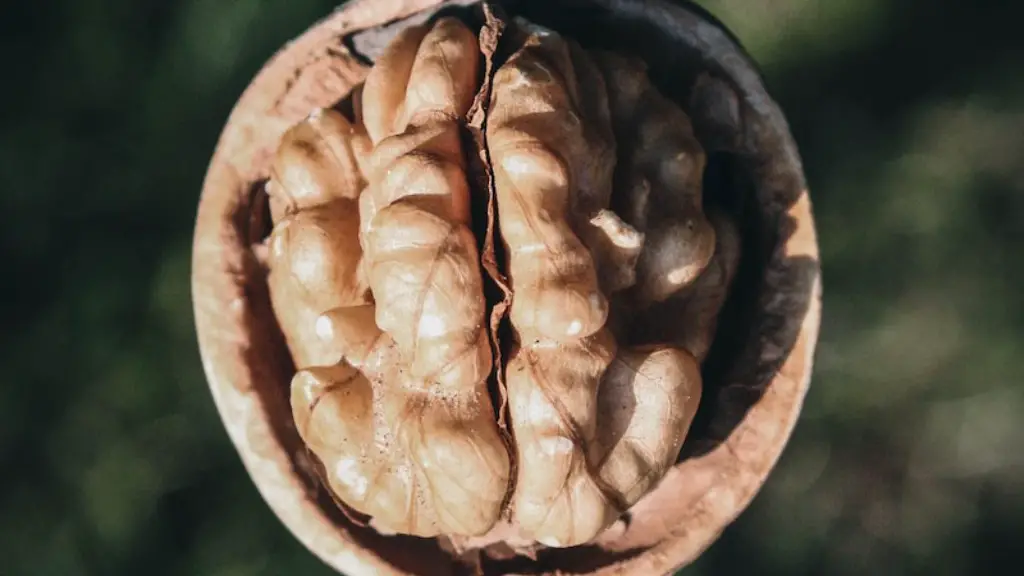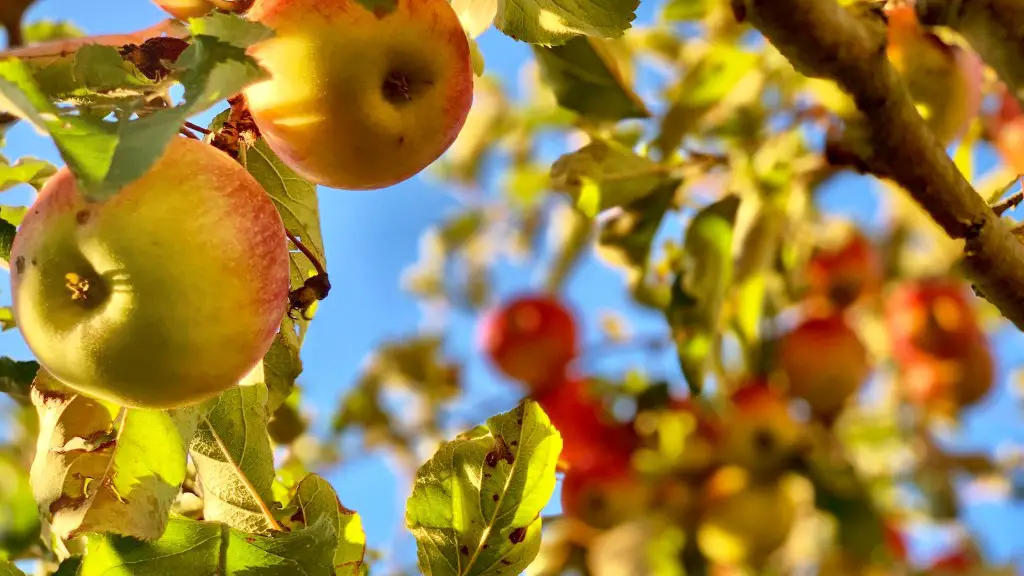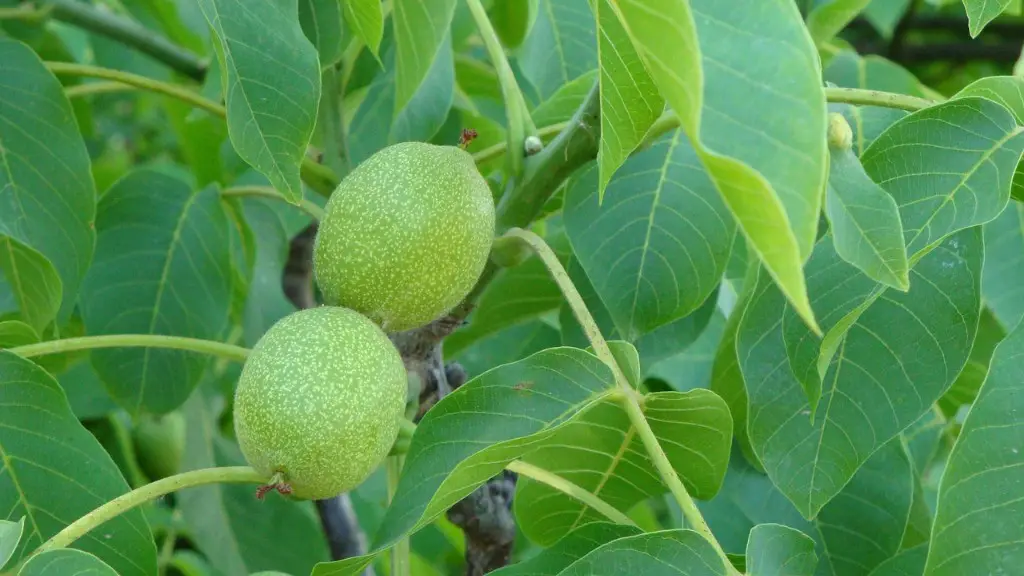It may be shocking news to some, but yea, palm trees do survive in winter. While many palms will require some protection, the good news is that many species of palm can survive cold weather with minimal effort. For those of us more in the North, this is great news. Whether you are in the process of trying to figure out how to keep your palm trees alive during winter or are just curious, this article is for you.
In the most basic terms, the key to keeping your palm trees alive in the cold is to provide the right amount of protection. Palms are sensitive to frost and below-freezing temperatures and thus require protection in places where the temperature dips below 32°F (0°C). Further, some palms can go into shock if exposed to extended periods of low temperatures and dryness, so it’s important to provide them with adequate protection.
According to experts, it’s best to move your potted palm trees indoors before the weather starts to get cold, as this will help protect it from reckless winter winds and frost. For large palms, it’s best to wrap them with horticultural fleece or other warm covering materials to prevent them from being damaged by cold temperatures or too much sun. It’s important to note that wrapping the palms should not be too tight as this can inhibit healthy respiration and cause damage to the trunk.
When you bring your palm indoors for the winter, it’s important to give it the right amount of light and water. To keep your palm tree hydrated, you’ll want to make sure to keep the soil consistently moist, but not wet. As for lighting, it’s best to provide your palm with as much natural light as possible. This will help keep it healthy and promote new foliage growth during the winter.
To protect outdoor palms during the winter, it’s important to give them a good layer of mulch in late fall. Mulching helps protect the soil and roots of the plant during cold winter weather. Additionally, it’s important to remember that during the winter months, most palms lose the leaves and flowers they possess during the warm months. This is done as a preparation for the cold and should be treated as a normal part of the palm’s life cycle.
In conclusion, keeping your palm trees alive during winter isn’t as daunting of a task as one might believe. While certainly more sensitive than other plants, it is possible to keep your palm healthy through the winter months with minimal effort. Move your potted palms indoors if you can and provide adequate protection for your outdoor palms. Make sure to provide adequate moisture and light, and don’t forget to mulch! With these tips, you and your palms will be surviving the cold together in no time.
Keeping Your Palm Healthy
The key to keeping your palm tree alive and thriving during winter is to make sure it is still healthy. Palms need proper amounts of water and light to stay healthy. During the winter months, it is best to give your palms a light watering about once or twice a week. For light, try to keep your palms in an area that can get some kind of natural light, such as near a window. As for trimming and pruning, it is usually best to wait until late spring to do any serious work on your palm tree.
You should also make sure to provide your palms with the right fertilizer. Depending on the kind of palm, you can apply an all-purpose fertilizer in early spring. However, it is best to consult with your local nursery or gardening center before applying any fertilizer. Generally speaking, over-fertilizing your palm tree can cause more harm than good.
Lastly, provide adequate shelter for your palms. If you have a potted palm, place it in a warm and protected area to protect it from the elements. For outdoor palms, apply a good layer of mulch over the soil and roots in late fall. That way, your palms will remain healthy and happy during the cold winter months.
Movement & Temperature Guidelines
Depending on your specific location and trees, you may be able to leave your palm trees out in the cold. In general, palm trees are surprisingly resilient and can handle temperatures down to 25°F or -3.89°C. Anything lower than that should be cause for concern and may require special care. For example, in warm regions such as southern Florida, palm trees can remain outdoors all year round as long as there is adequate protection provided. In cooler regions, it’s usually best to bring potted palms indoors or provide extra shelter for outdoor palms.
If it’s too late to move your palms indoors, experts recommend using frost protection cloths to protect the palms from frost and dry winds. Frost protection cloths are specially designed to trap in warmth while still allowing the palms to breathe. This is a great way to protect your trees without having to move them indoors.
As a general rule of thumb, one should never leave a palm tree outside during temperatures below 25°F or -3.89°C as this can cause serious damage. In these cases, it’s either best to move the palms indoors or provide extra shelter for outdoor palms. Be sure to check your region’s temperature guidelines before making any decisions.
Signs of Stress or Damage
In addition to providing protection, it’s important to keep an eye on your palms to make sure they are not stressed or damaged. There are a few general signs to look out for, such as yellowing of leaves or flowers, discoloration of leaves or fronds, or wilting of the branches. If you notice any of these signs, it’s important to act quickly to help your palms.
First, check the soil. Is it too dry or too wet? If so, adjust the moisture by either applying more water or less water, depending on the soil’s condition. You can also check the amount of light the palm is getting. If it’s getting too much light, try to move it to a shaded area. If not enough, try to move it to a more vibrant area.
Should the signs of distress persist, it may be best to consult your local nursery or gardening center. They can provide the best advice and help you determine the best course of action for your palm tree. It is always best to take full responsibility and look into the many ways to keep your palms healthy and thriving during winter.
Temperature Drops & Frost
When winter comes, expect that the temperature in your area will dip. If the temperature falls below 32°F (0°C) your palms trees may experience some damage. The cold temperatures can cause light frosting, which will discolor or cause the leaves to wither. To protect your palms from frost, experts recommend wrapping them with fleeces or other suitable covering materials.
It’s important to note that while wrapping your palms in fleeces can help protect them, it should not be done too tightly as this can inhibit respiration and cause damage to the trunks. It is also important to note that the longer the temperature drops and the lower the temperature, the more likely the leaves and fronds will sustain serious damage.
Therefore, it is best to provide extra protection for your palms when the temperature dips below 32°F (0°C). This can be done by moving your potted palm to a warmer area or wrapping your outdoor palms with fleeces or other covering materials.
Fertilizers & Transplanting
During the winter months, it is best to wait until late spring to fertilize your palms. This is due to the fact that the cold weather can inhibit the effectiveness of fertilizers. Moreover, fertilizing during the winter can cause more harm than good. However, when spring comes, applying an all-purpose fertilizer to your palms once or twice a month can help promote healthy growth.
It is also important to note that if your outdoor palms are in a pot, it is best to transplant them into a larger pot or ground soil to help withstand the cold winter months. Transplanting will give the palms more space to grow and will help prevent the roots from becoming too cold and damaged.
Lastly, if you find your palms looking worse for wear after winter, don’t panic! Palms are resilient and can usually recover if provided with the right care. With some extra TLC, your palm tree can be back to its healthy and vibrant self in no time. Follow the tips in this article and you’ll be sure to have a healthy palm tree all year round.



